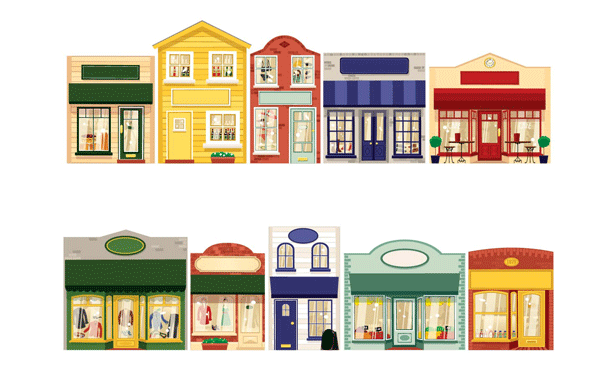The top 10 markets, according to the "Emerging Trends in Real Estate" report, are Washington, DC; New York, Los Angeles, San Diego, Chicago, Boston, Miami, San Francisco, Seattle and for the first time, Philadelphia.
Although PriceWaterhouseCoopers research group director Peter F. Korpacz rates warehouses as a best bet, those surveyed chose multifamily rental properties as the favored property type, ahead of industrial property and community shopping centers.
Korpacz suggests now would be a good time to hold multifamily rental property, rather than be a buyer, as returns are on a downward trend since 2000. Also, a pruning of grocery-anchored retail assets may be in order, says the former appraiser, as they have become too pricey and somewhat perilous with the emergence of retailer Wal-Mart into the food store arena.
No to moderate growth was foreseen by 95% of those who responded to the survey, says Lend Lease principal Jonathan D. Miller. "There's no new 'new thing' to drive capital spending, in our interviewees' view," Miller says. While corporations tightening belts, consumers may be stressed out. "At some point, consumers have to get exhausted and back off," he adds.
While borrowing is another of Kopacz's best bets, that window provides a mixed view. "Our interviewees think capital will be ample from all of our sources, and we'll have to see about that," Miller says.
Along with capital flowing in from the stock market, low interest rates have searched as a crutch propping up commercial real estate market, Miller says. However, the survey reveals fear of an uptick, he adds. On the other hand, lower interest rates would likely signal a worsening economy.
The limited opportunity plays include buying into markets that went bust after the tech boom, Korpacz says, and class-B malls. "You have to have a strategy to improve the mall, as well as an exit strategy," he cautions.
Contrarian plays include full-service hotels and suburban office assets in 24-hour "edge cities."
To be avoided, Korpacz suggests, include generic suburban office properties, limited-service hotels, properties in "9-to-5" Downtowns as well as development.
"Who would develop anything in the next 12 to 18 months," Korpacz asks. "It doesn't make sense."
Want to continue reading?
Become a Free ALM Digital Reader.
Once you are an ALM Digital Member, you’ll receive:
- Breaking commercial real estate news and analysis, on-site and via our newsletters and custom alerts
- Educational webcasts, white papers, and ebooks from industry thought leaders
- Critical coverage of the property casualty insurance and financial advisory markets on our other ALM sites, PropertyCasualty360 and ThinkAdvisor
Already have an account? Sign In Now
*May exclude premium content© 2025 ALM Global, LLC, All Rights Reserved. Request academic re-use from www.copyright.com. All other uses, submit a request to [email protected]. For more information visit Asset & Logo Licensing.








